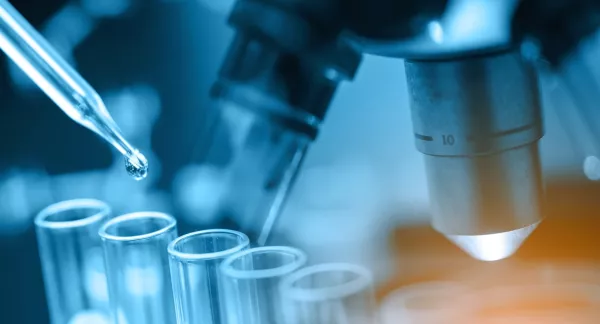
Enhancing the Soil Aquifer Treatment Process for Potable Reuse
Abstract
One of the most economic and valuable means of utilizing recycled water is through potable reuse projects. Indirect potable reuse projects supplement the potable water supply with highly treated recycled water. Some examples of successful large-scale potable reuse projects are harnessing the power of natural attenuation processes by discharging recycled water (filtered and disinfected) into spreading basins as a means of Managed Aquifer Recharge (MAR). The recycled water in the spreading basin then undergoes a natural process called soil aquifer treatment, and has been practiced successfully at the Montebello Forebay in Southern California for five decades. In contrast to full advanced treatment (FAT), soil aquifer treatment (SAT) does not produce a brine waste stream that requires disposal and naturally provides an additional barrier for pathogen removal, making it an attractive process for inland communities. Indeed, the simplicity and effectiveness of SAT has allowed this process to become the most economical potable reuse alternative, when a suitable aquifer is available. This project supports a potential integration between SAT and ozonation, a technology, which has been more recently emerging in the reuse arena. By substituting ozonation for chlorination as a disinfection strategy preceding SAT results, this may result in a modern, sustainable, robust potable reuse technology, which disinfects a broader variety of pathogens, facilitates the removal of a broader variety of contaminants of emerging concern (CEC), while producing a more aesthetically pleasing product water — achievements that rival those of FAT but at lower capital cost, lower operating cost and lower energy cost.
Originally funded as WERF project Reuse-12-12.
